Environmental education for preschoolers and schoolchildren in Russia. Development of environmental education
The ecological problem of nature and man is currently relevant. In addition, the impact on the environment of human society is taking on serious proportions. Only the joint activity of people, which is carried out on the basis of full awareness of all the laws of nature, can save the planet. A person must understand that he is part of nature, and the existence of other living beings depends on him. To realize the importance of human activity, environmental education should start from preschool age.
The importance of environmental education for preschoolers
Preschool institutions have switched to new federal education standards, which imply the formation of children. The new generation must objectively look at human economic activities, take care of nature. Environmental education of preschoolers involves the formation of such skills.
Psychological and pedagogical characteristics of ecological development
Preschool childhood is important for the further development of the child. It is in the first seven years of life that the baby's personality is formed, his mental and physical parameters are continuously improved, and a full-fledged personality is formed. In the preschool period, the foundations of interaction with the living world are laid. The ecological education of children implies the formation of the value of the living world in them, this task is solved by the kindergarten teacher.
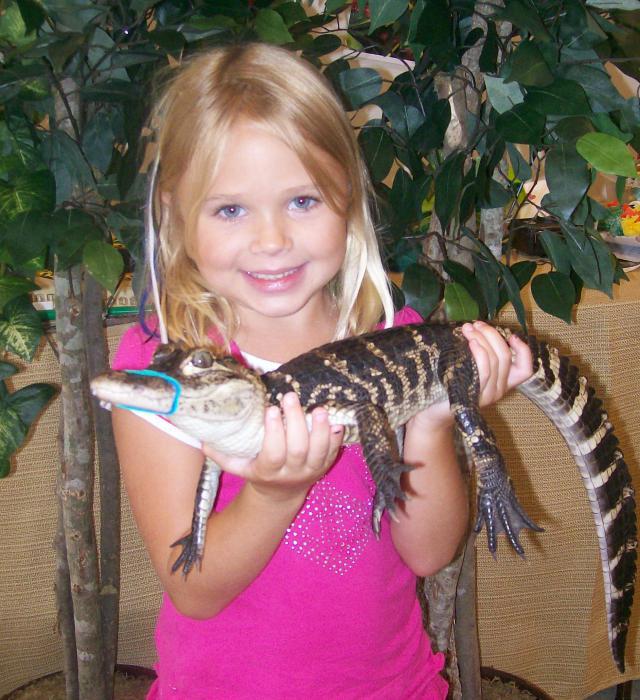
The history of the development of environmental education
Teachers at all times have given an important place to nature as a means of development and education of preschoolers. The Polish teacher Ya. A. Kamensky considered the living world to be a real source of knowledge, a way to develop a child's mind, a means of influencing the senses. The Russian teacher KD Ushinsky proposed “to introduce children into the natural world”, communicating useful and important properties of the living world, while forming babies.
Preschool environmental education has acquired particular importance since the middle of the last century. It was at this time that methodologists and teachers singled out as the main method - the formation of knowledge among preschoolers about the world around them. The development of environmental education for children in preschool institutions continued in the 70-80s of the 20th century. At the end of the 20th century, new teaching methods appeared, and the close attention of methodologists and teachers was again paid to the environmental education of preschoolers. The content of preschool education has become more complex, new theoretical knowledge has been introduced into it. New educational standards were thought out that would contribute to the effective mental development of preschoolers.
Psychologists A. Venger, N. Poddyakov, A. Zaporozhets theoretically substantiated the importance of ecological education of children, the importance of the availability of visual-figurative education.
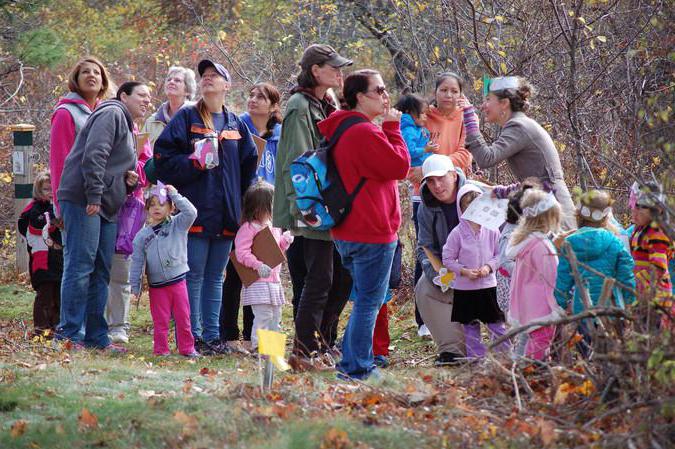
The theory of environmental education received its maximum impetus at the end of the last century. The new educational space has become impossible without constant environmental education. In the Russian Federation, a special Concept of permanent environmental education was developed, and the primary link in this system was the field of preschool education. This period is characterized by the receipt of an emotional perception by babies of nature, the accumulation of ideas about various types of life. It is up to 5-6 years that the formation of the primary basis of ecological thinking takes place, the laying of the initial elements of ecological culture.
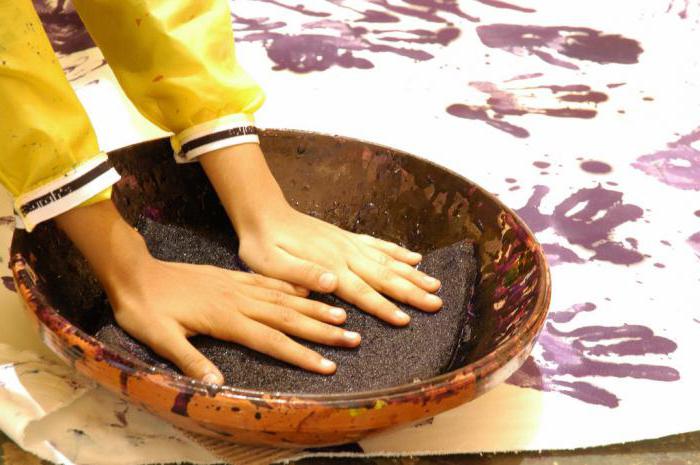
Examples of programs for preschoolers
The program of S.G. and V.I. According to the authors of the methodology, it is environmental education and upbringing of children that teaches them to think, feel the world around them, and perceive the value of the living world. The program assumes joint activities of preschoolers and adults in kindergarten, family, children's studios.
As they learn, preschoolers expand their horizons, moral and aesthetic qualities are formed in them. It is the ability to perceive the beauty that exists in nature that successfully implements the environmental education of children. The program contains two main topics: "Man", "Nature". The "Nature" section introduces the four kingdoms that exist on Earth: plants, minerals, animals, man. Within the framework of the theme "Man", the kids are told about the devotees of culture, national heroes who have left a good mark on the Earth.
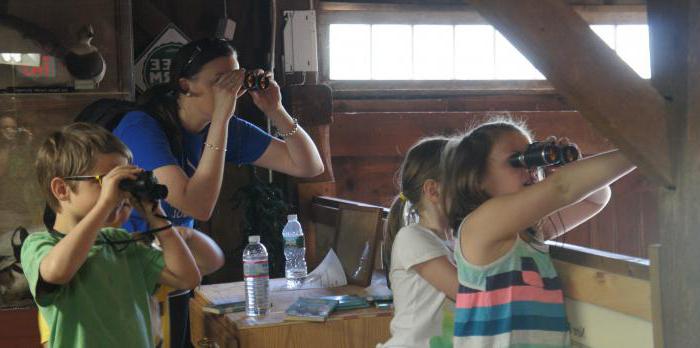
The program "Our home is nature"
Environmental protection for preschoolers is also possible according to E. Ryzhova's program "Our home is nature." It is aimed at the formation of a creative, active, humane personality of a 5-6 year old preschooler who has a holistic view of the surrounding nature, an understanding of the place of an ordinary person in it. Such ecological education of preschool children helps kids to get a detailed understanding of the relationship in nature, to acquire initial ecological knowledge. Educators teach their wards to take responsibility for health and the environment. The program assumes the development of preschoolers' initial skills of competent and safe behavior in everyday life and nature, the practical participation of children in the environmental work of their region.
The program assumes 10 blocks. Each has its own upbringing and teaching components, in which different skills are developed: respect, care, the ability to see beauty. More than half of the program is associated with inanimate nature: soil, air, water. Three blocks are entirely devoted to wildlife: plants, ecosystems, animals. There are sections in the program concerning the interaction of nature and man. The methodology of environmental education is also supported in the form of developments on the formation of a developing environment in educational institutions, there are also special recommendations for conducting classes.
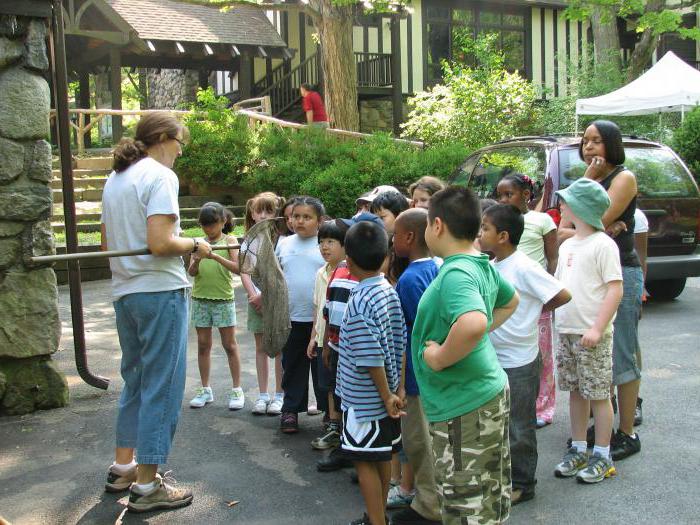
Young Ecologist program
This course was created at the end of the last century by S. Nikolaeva. The first theory and methodology of environmental education, proposed by the author, has two subprograms. One part is devoted to the environmental development of preschoolers, and the second part involves the advanced training of kindergarten teachers. The program has a full-fledged theoretical basis, the methods of environmental education used are indicated. Particular attention is paid to the practical part, to familiarize the children with caring for plants and animals. Kids, doing a variety of experiments, learn what conditions are needed for the growth and development of plants. They will learn about the structure of the solar system, the laws of nature. Environmental knowledge, according to the author's idea, should become a means of forming love for nature, the inhabitants of our planet.
Environmental education of schoolchildren has become popular in many regions of the Russian Federation. Thanks to the joint work of ecologists and teachers, methods are emerging that take into account social and natural local conditions, which make it possible to preserve folk traditions.
Preschool educators understand the importance of instilling an environmental culture from early preschool age.
Observation in environmental education
Any education, including ecological, presupposes the use of certain methods. The upbringing and all-round development of preschoolers is carried out by a variety of methods. The most effective way is to introduce children to nature. Kids are interested in all natural phenomena: snow, rain, rainbow. The teacher must develop the skill of observing natural phenomena. It is his duties that include fostering a love of observation, the formation of skills in caring for animals and plants. The teacher must explain to his wards the importance of caring for living organisms, intolerance to damage to plants and animals. The essence of observation is the cognition of natural objects with the help of visual, tactile, olfactory, auditory sense of smell. Through observation, the educator teaches children to highlight different signs of natural objects, to navigate to distinguish between animals and plants.
Observation presupposes activities organized by the teacher, aimed at the continuous and active study of natural phenomena by children.
The purpose of observation is the development of skills, additional education. The environmental direction in many preschool institutions is chosen as a priority, which is a direct confirmation of its importance and relevance.
Psychologist S. Rubinstein believes that observation is the result of comprehending a natural phenomenon seen by a child. It is in the process of observation that education, ecological perception of what is seen takes place. KD Ushinsky was convinced that it was the clarity that characterizes the observation process that gave him such efficiency and effectiveness. A variety of observation-based exercises offered to children of 4-6 years of age contribute to the development of logical thinking, observation, and concentration. It is difficult to imagine any preschool education without supervision: environmental, moral, artistic.
The teacher EI Tikheeva believed that it was precisely the classes that imply observation that help shape the speech of babies. In order for the educator to achieve this goal, he uses special techniques that allow him to organize an active perception of the pupils. The teacher asks a question that implies research, comparison, establishing a connection between different phenomena and the vows of living nature. Thanks to the inclusion of all children's senses in the work, observation allows you to fully perceive the necessary knowledge. This process implies concentration of attention, and therefore, the educator is obliged to clearly control the volume, time, and content of the study.
It is through observation that preschoolers learn about nature, remember its objects. The child perceives concrete, vivid, memorable images faster. It is this knowledge that he will use in his subsequent life: in the classroom, during the hikes.

What is the significance of observation for the ecological education of preschoolers
This method demonstrates to babies the naturalness and the relationship between its objects. With the systematic application of observation, children learn how to look closely at details, notice the slightest changes, and develop their observation skills. This technique allows you to form an aesthetic taste in babies, to influence their emotional perception of the world. The teacher in working with children uses various discriminatory observation is used to:
- to form an idea among kids about the diversity of the world of animals and plants;
- teach to recognize objects of nature;
- to acquaint with the signs, qualities of the object of nature;
- to form ideas about the development, growth of animals and plants;
- learn the features of seasonal natural changes
In order for the method to be as effective as possible, the teacher prepares additional handouts. Creating appliques from individual parts, sculpting animals, help to realize the knowledge that was acquired by the preschooler during observation.
Long-term observation is suitable for children 5-6 years old. The guys analyze the growth, development of the plant, highlight changes, identify the similarities and differences between the initial and final plant species.
Long-term observations suggest a detailed study of the relationship between plants and their habitat, as well as an analysis of morphological and functional fitness. Without constant control and help from the educator, this option of observing results will not bring.
Modern preschool education: environmental, moral, artistic, is chosen by the preschool institution itself. Some kindergartens allocate their own direction of development for each group, or use several directions in their work.
If in a preschool institution the emphasis is placed on the ecological development of kids, a program is selected. It involves setting clear goals and objectives. The goal is set specifically, taking into account the age characteristics and physical development of children.
The tasks should take into account the cognitive nature, the focus on the mental activity of preschoolers, the need to look for answers to specific questions posed by the teacher during classes.
Research conducted by child psychologists has confirmed the importance of the systematic nature of environmental education. Kids, who got acquainted with the living and inanimate world at 3-4 years old, quickly adapt to learning at school, do not experience difficulties in communicating with their peers, have good speech, memory, attention. The knowledge gained in kindergarten, preschoolers deepen, supplement, systematize in the classroom in elementary school. FGOS, introduced into preschool education, presuppose the formation of elementary concepts in children about objects of wildlife.
To achieve this result, various methods of ecological education of babies are proposed.
Observation techniques for preschoolers
A week-long course of familiarizing kids with seasonal natural changes was created by S. N. Nikolaeva. The author suggests observing the weather every month for one week:
- Analyze the weather daily.
- Consider trees and shrubs, ground cover.
- Observe the animals in the living corner of the kindergarten.
- Fill in nature's calendars every day.
SN Nikolaeva's technique assumes a shift in the "observation weeks" every month by one week. As a result, a weather map is drawn up, according to which the children analyze changes in the animal and plant world. While observing the weather, babies identify specific phenomena, determine their intensity. When studying the weather, they pay attention to three parameters: they determine the state of the sky and the type of precipitation, the degree of heat or cold, the presence or absence of wind.
The teacher organizes such daily observations of changes in the weather in a variety of ways, so that the interest of the kids does not decrease, but increases. Such an "ecological week" is a great chance to instill in the formation of ideas about the seasons, their characteristics.
Conclusion
The information about the environment that will be obtained by kids during the simplest observations, conclusions, experiments will help children understand the diversity of the living and inanimate world. Environmental classes, conducted taking into account the physiological and psychological characteristics of preschool age, will help kids get acquainted with natural phenomena, understand their importance and purpose. A child who from early childhood gets used to love and appreciate nature will never cut down trees and bushes, torture animals, or pick flowers. Environmental education is an important part of preschool education. Various methods developed by child psychologists and ecologists help to educate future first graders to love trees, flowers, birds, animals, and fish. Many preschool institutions have created their own living corners for environmental education. Caring for their inhabitants contributes to the formation of an ecological culture.
